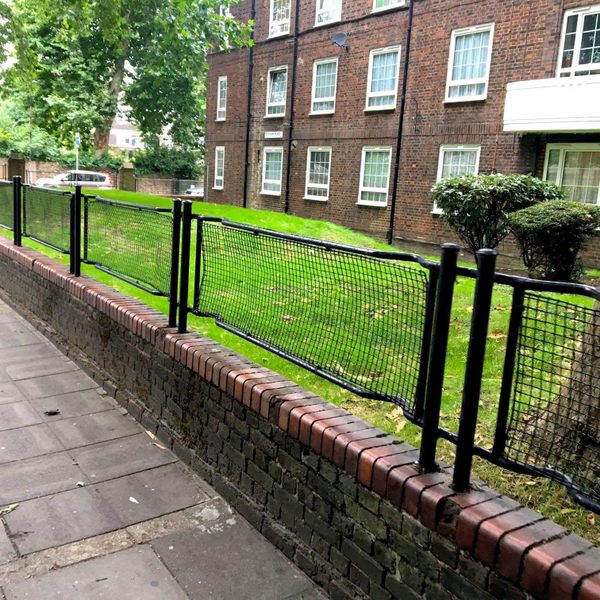SaparotRob
Unter Gemeine Geschwader Murmeltier XIII
I read "The Battle of Britain" waaaay back when. I always remembered Lord Beaverbrook's campaign was basically getting everyone involved. Were those pots and pans used for license built Martlets?

